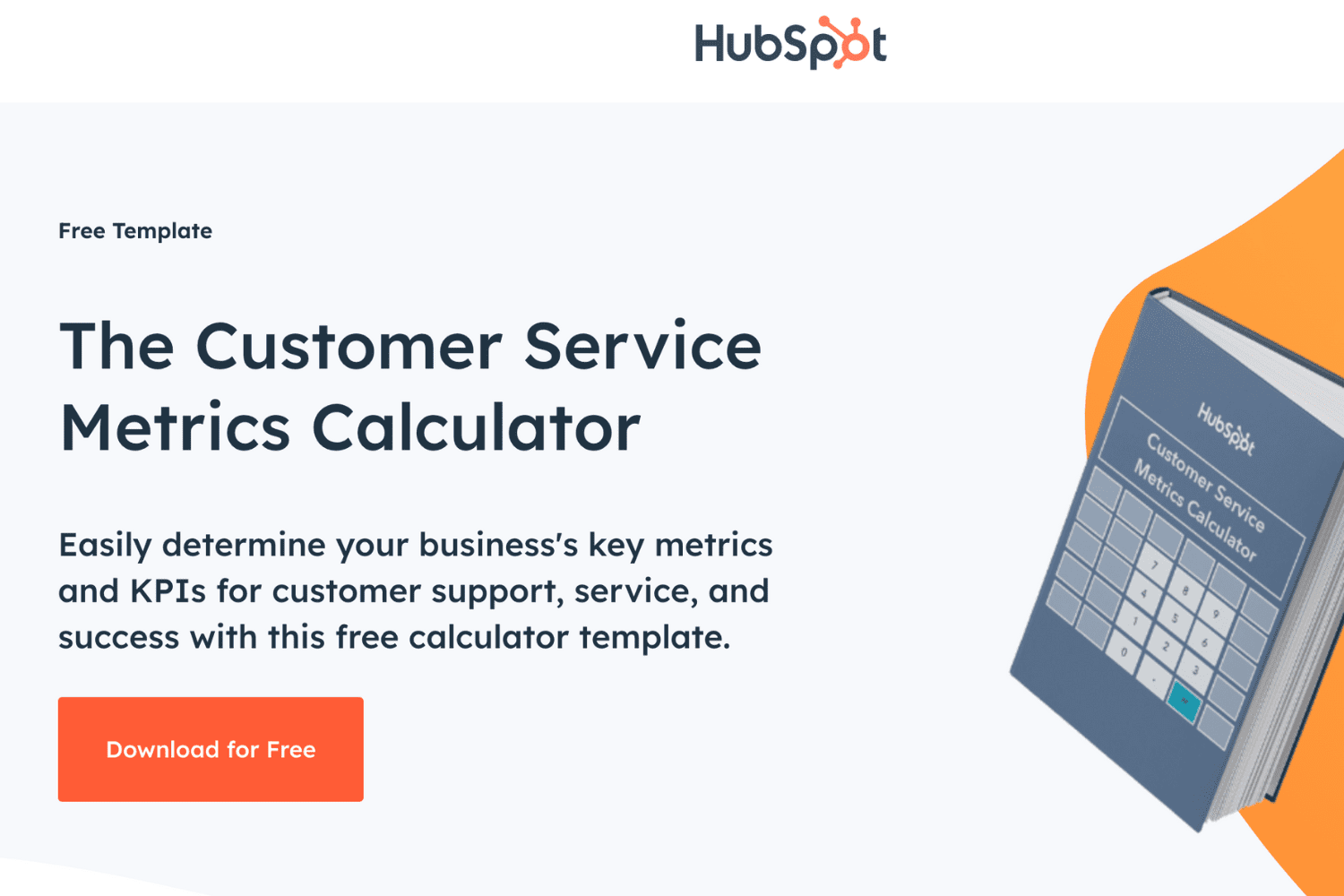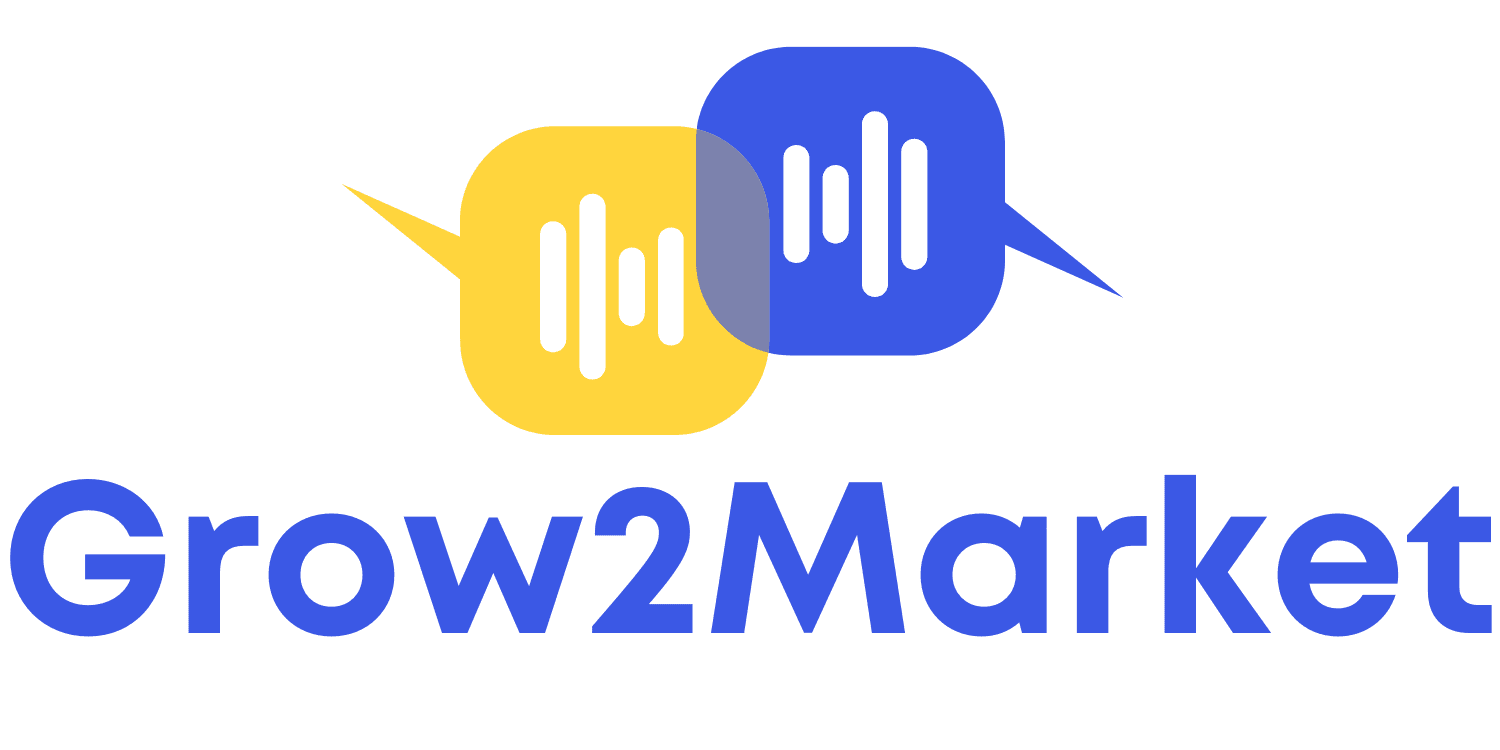How to create interactive B2B content that engages in 2025
2024 was full of innovations and AI developments. It’s hard to deny how much the way marketers produce content has changed. Over the past few years, many feared AI-generated content would flood the internet with low-quality, low-impact material.
Still, we all know that creating content regularly is important, but what matters is engagement and the conversions it drives.
If you’re the content person, you know the struggle. Staring at your screen, wondering if infographics or a meme would be enough this time. Or would something more interactive and fun step outside the boundaries of traditional B2B marketing?
The truth is, even if your audience is full of tech geeks, stakeholders, and CEOs, they still crave engaging and refreshing content.
Here’s what we’ll cover about interactive content:
Interactive content in B2B
As you have probably noticed, most of the B2B content is quite static. And that makes sense in some cases.
When exploring the product of a solution, most businesses focus on the core features, benefits, and overall impact. That’s why white papers and case studies tend to work so well. They don’t just bring in leads but also give a clear breakdown of the “why” and “how,” which can be a big deal in decision-making.
But while this kind of content is great for generating leads, it’s just one side of the coin.
Regular blogs play a different role. They help keep your brand visible, drive organic traffic, and build trust over time. A well-optimised blog can bring in visitors from search, giving your business more chances to connect with potential customers before they even realise they need your product or solution.
But what’s the challenge? Standing out. With so much content out there and now so much AI-generated content, simply publishing another “ultimate guide” isn’t enough. Readers expect value, insights, a bit of personality and sometimes a bit of humour.

Organic traffic is one of those metrics that everyone wants, but few manage to grow consistently. How do you actually make that happen? By turning static PDFs and long reports into something more attention-grabbing. Make LinkedIn users stop scrolling past your content updates, and turn your website visitors into engaged readers and loyal followers.
Types of interactive content
Now we know that interactive content helps drive more engagement. But the next question is, where do you start?
The easiest way is to look at your existing content.
1. eBooks and guides
Traditional eBooks and guides are great pieces of informative content, often used as lead magnets in exchange for potential customers’ contact information. They help grow your email list while showing off your brand’s expertise and credibility. Plus, they work at different stages of the funnel, from attracting top-of-funnel leads to nurturing those closer to making a decision.
But the problem is that static PDFs often get ignored or skimmed at best. Adding visuals, charts, and interactive elements like clickable maps or progress trackers can break up the text, making it more engaging and easier to absorb.
A great example of an interactive resource is HubSpot’s Customer Service Metrics Calculator. Instead of a static report, this tool lets businesses input their own data to calculate key service metrics like CSAT, NPS, and customer retention rate. This makes it more engaging and actionable, helping teams track and improve their customer service performance in real time.

Another smart move is turning an eBook into a video course. Instead of expecting people to read a long document, you can break it down into short videos that walk them through key insights. This not only boosts engagement but also makes your content more accessible for those who prefer watching or listening over reading. You can even host it on platforms like Udemy or Thinkific to reach a wider audience and generate additional leads.
2. Interactive webinars and demos
Webinars are great because they offer a more personalised and engaging way to communicate. Hosting one gives you the chance to talk about current industry trends, bring in experts or colleagues to co-host, and naturally expand your audience reach.
Masterclasses, training sessions, and workshops? They always grab attention because people love learning something new.
And if you’re rolling out a new feature, a webinar is the perfect way to introduce it. You can run a live feedback session after, which not only drives engagement but also gives you real-time input to improve your product.
Software like Adobe Connect helps create interactive webinars that turn passive attendees into active participants with polls, surveys, and Q&A features. Instead of just watching, people interact making the experience more engaging while also giving you valuable insights to shape your next campaign.
Creating interactive content is great, but how do you track its impact? Webinars, podcasts, and interactive resources don’t just attract clicks. They encourage deeper engagement across different touchpoints. But without the right attribution strategy, it’s hard to know what’s actually driving results.
Curious how to track success? Here’s a great guide on attribution strategies for unconventional marketing channels.
3. Podcasts
The big advantage of podcasts is their flexibility. You can listen anytime, anywhere, using your smartphone, computer, or other devices. Unlike written content, podcasts don’t require full attention, making them easy to consume while working, driving, or exercising.
But podcasts don’t have to be a one-way experience. Making them interactive helps keep listeners engaged and builds stronger connections with your audience.
To make podcasts more interactive, get your listeners involved. Ask them to send in questions, bring on guest speakers for fresh takes, or keep the conversation going on LinkedIn. You can also repurpose the best moments into blog posts or social clips. Another great way to add interactivity is through listener contributions. Invite your audience to send in voice memos sharing their stories or opinions, then play them during episodes. It makes everything feel more personal and like a real conversation.
Have you listened to our Grow2Market podcast yet? In this episode, Tim Meredith from Fractional Teams and Rebecca Shaw from SureHR dive into hiring challenges and HR nightmares. We’re pretty sure you’ll love it.
The impact on engagement and lead generation
Interactive content isn’t just more engaging, it keeps your audience involved. Instead of passively consuming another blog post, people click, participate, and engage with quizzes, webinars, and podcasts. This builds a more personalised experience, making it easier to earn trust and create stronger connections with potential customers.
The result? Higher conversions. When people feel engaged, they’re more likely to take action. Plus, interactive content gives you better data, helping you understand what works and refine your strategy for even better results.
Wrapping this up, if you’re not sure where to start, take it one step at a time. Instead of getting stuck in a content hamster wheel, focus on something simple first like a quiz or a survey and build from there. As you see what works, you can experiment with more formats and turn interactive content into real business results.
Dariia Panchenko
Hi! I'm Dariia Panchenko, Analytics and Community Manager at Fractional Teams. I write about the best B2B marketing strategies and practices.
